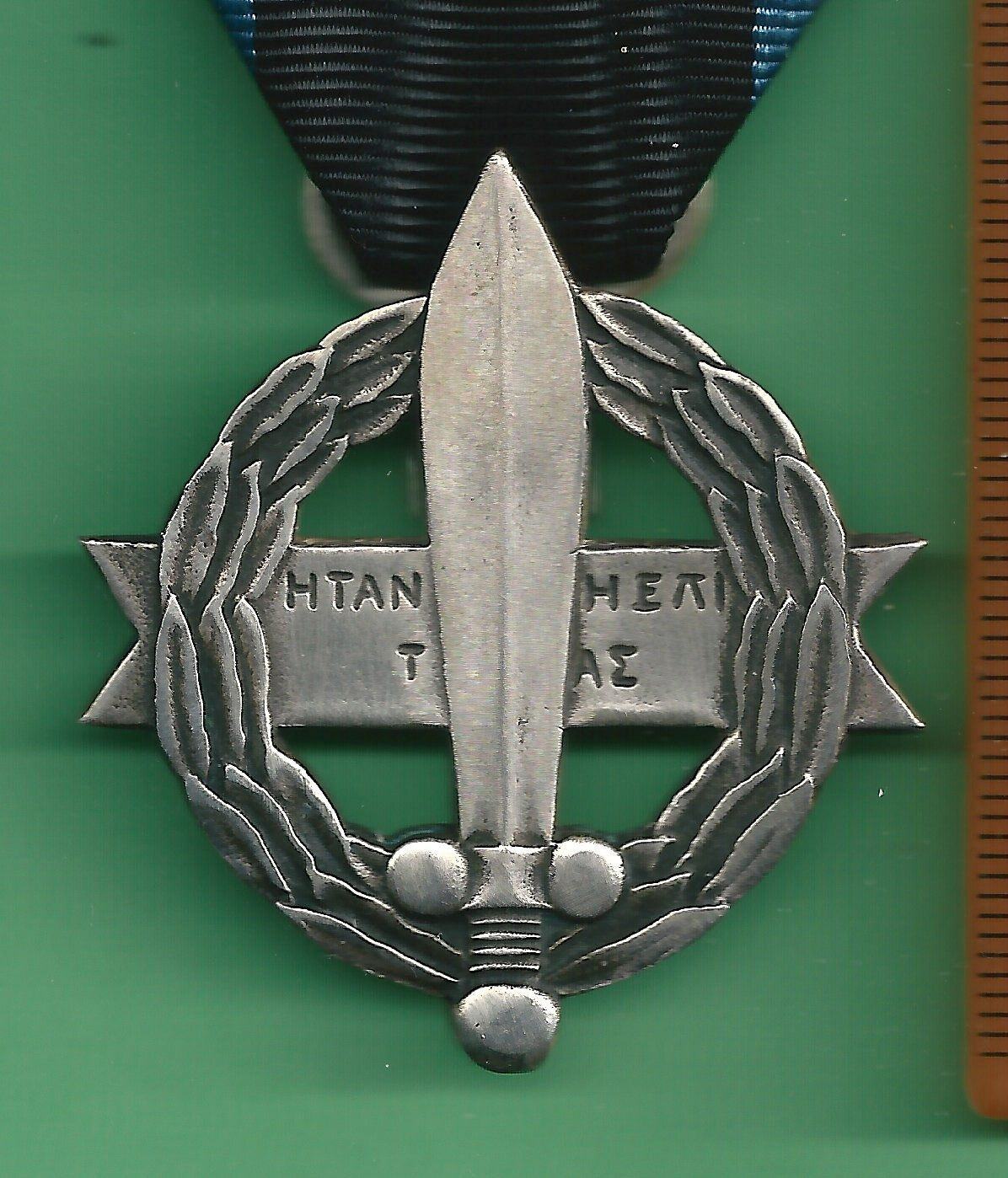Personal Details
Born: 7 April 1896
Family: The second son of William and Annie Crump of Clutton Handley, Cheshire. William married Rachel E Sinclair in 1924 and together they had 4 children – William H, Raymond, Sheila M and Gillian F.
Residence: The family were living at Red Farm, Tarvin, Cheshire at the time of the 1939 Register.
Died: 13 October 1984 aged 88.
Other Information: William was a farmer at the time of enlistment. It appears that William had several attacks of malaria whilst serving abroad.
Military Details
Regiment: Welsh Regiment
Rank: Private
Service Number: 35859
Date of Enlistment: 8 May 1916
Date of Discharge: 20 November 1919
Reason for Discharge: Demobilisation
William was awarded the Greek Military Cross & Campaign Medals (British War Medal, and Victory Medal).

The War Cross (Greek: Πολεμικός Σταυρός) is a military decoration of Greece, awarded for heroism in wartime to both Greeks and foreign allies. There have been three versions of the cross, the 1917 version covering World War I, the 1940 version covering the Second World War and the Greek Civil War, and the 1974 version covering peacekeeping missions in the subsequent years.

The British War Medal (also known as 'Squeak') was a silver or bronze medal awarded to officers and men of the British and Imperial Forces who either entered a theatre of war or entered service overseas between 5th August 1914 and 11th November 1918 inclusive. This was later extended to services in Russia, Siberia and some other areas in 1919 and 1920. Approximately 6.5 million British War Medals were issued. Approximately 6.4 million of these were the silver versions of this medal. Around 110,000 of a bronze version were issued mainly to Chinese, Maltese and Indian Labour Corps. The front (obv or obverse) of the medal depicts the head of George V. The recipient's service number, rank, name and unit was impressed on the rim.
The Allied Victory Medal (also known as 'Wilfred') was issued by each of the allies. It was decided that each of the allies should each issue their own bronze victory medal with a similar design, similar equivalent wording and identical ribbon. The British medal was designed by W. McMillan. The front depicts a winged classical figure representing victory. Approximately 5.7 million victory medals were issued. Interestingly, eligibility for this medal was more restrictive and not everyone who received the British War Medal ('Squeak') also received the Victory Medal ('Wilfred'). However, in general, all recipients of 'Wilfred' also received 'Squeak' and all recipients of The 1914 Star or The 1914/1915 Star (also known as 'Pip') also received both 'Squeak' and 'Wilfred'. The recipient's service number, rank, name and unit was impressed on the rim.

